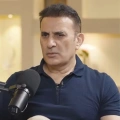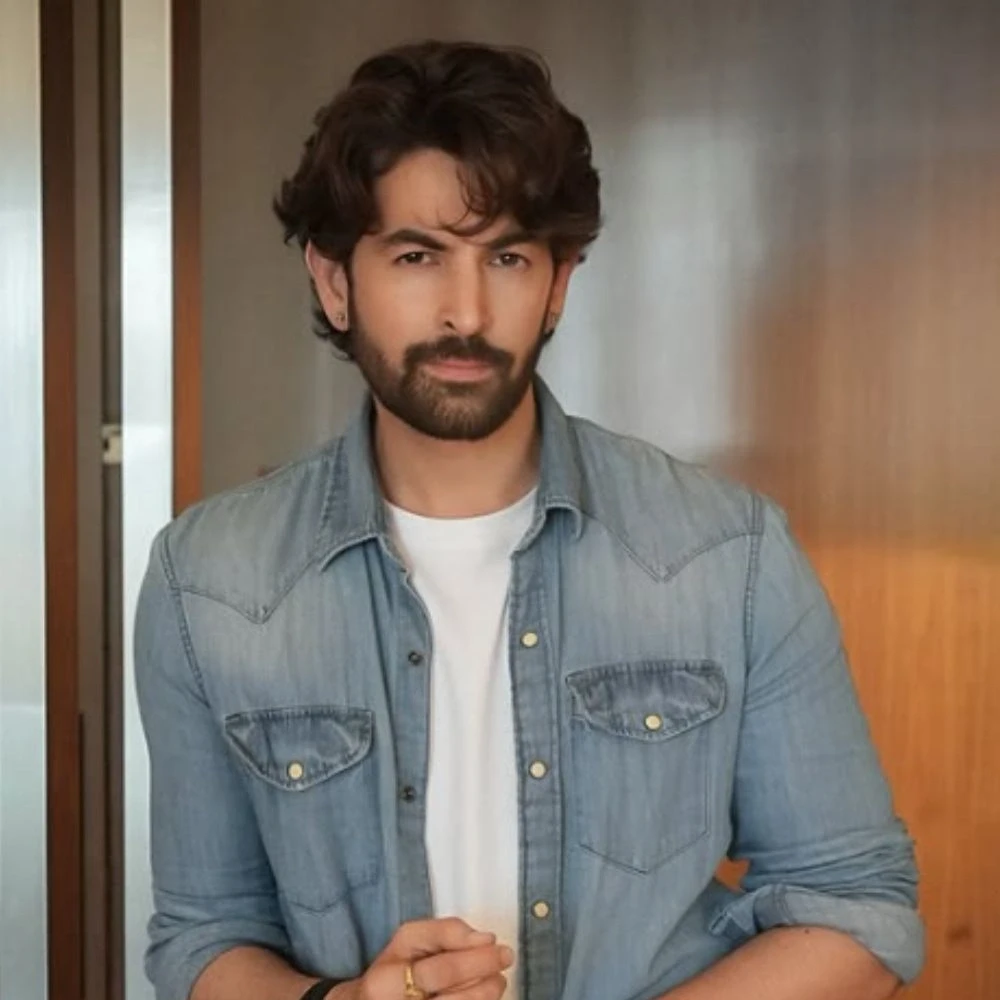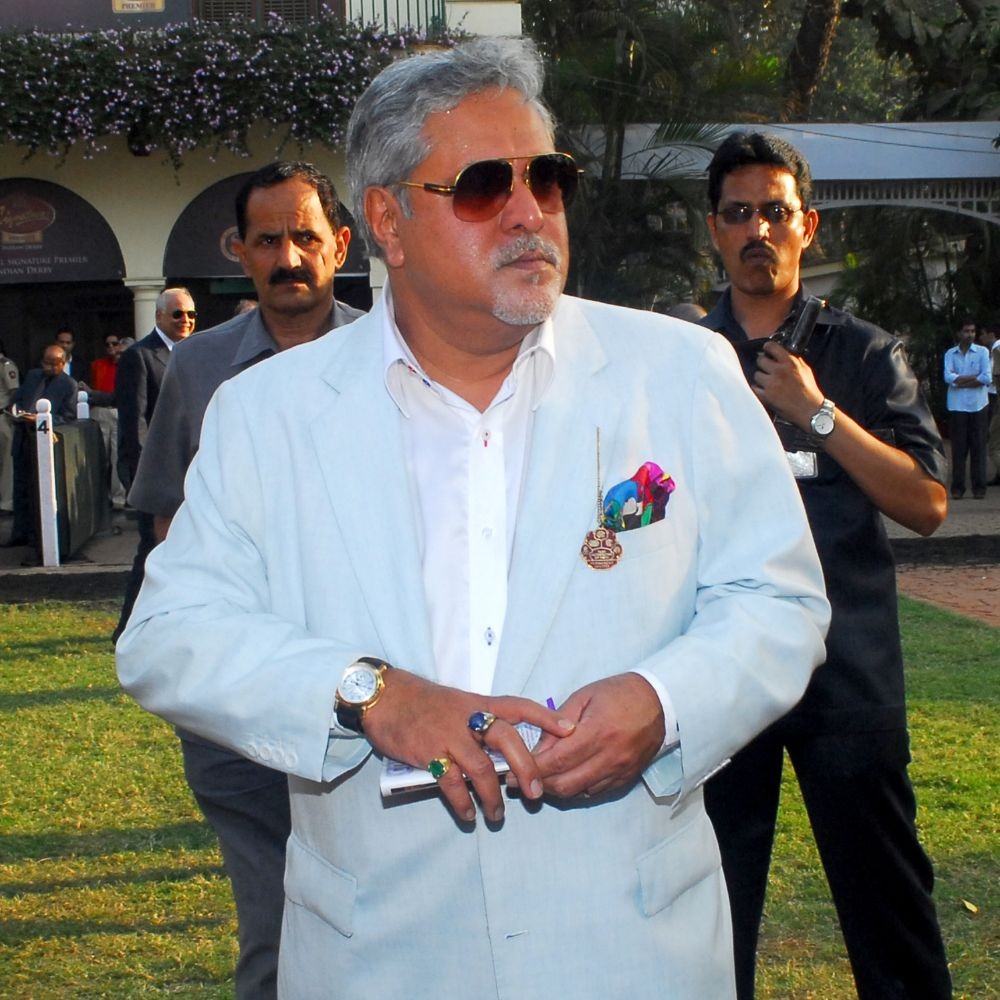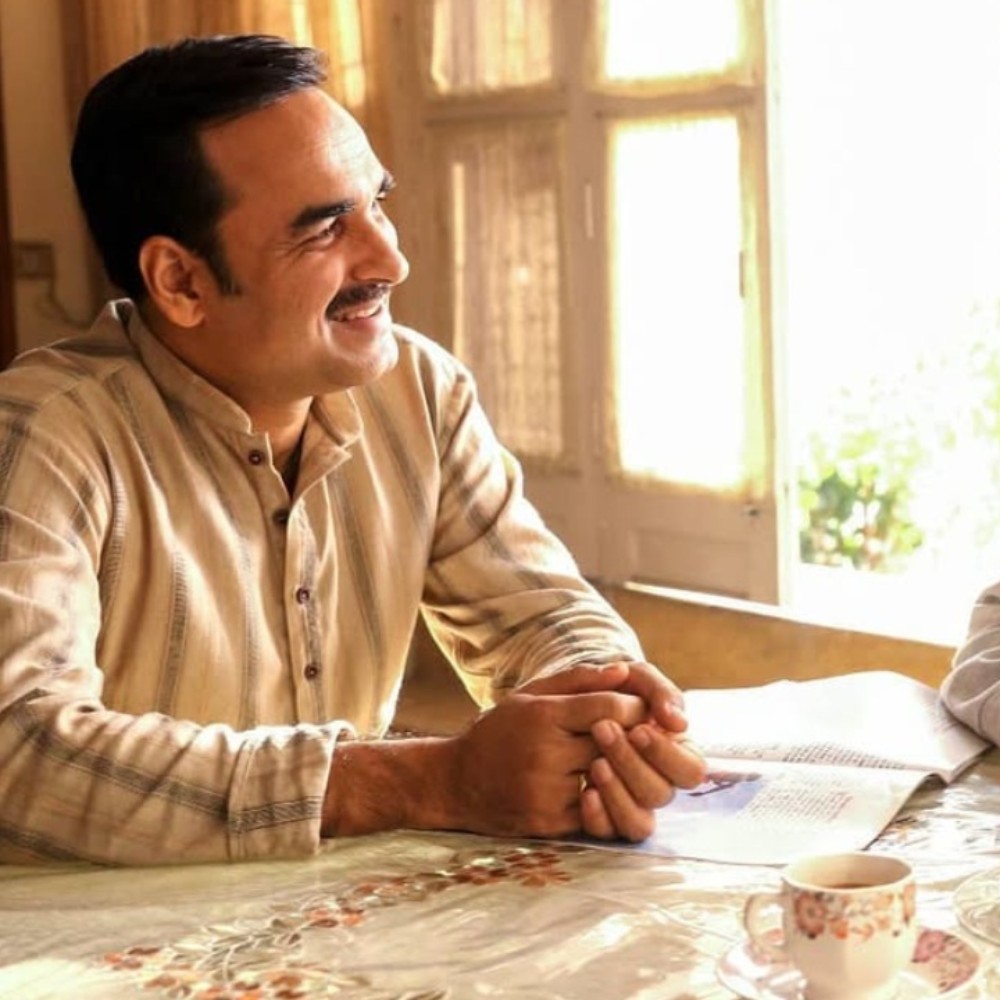Rakesh Roshan’s neck angioplasty: What it is and why it’s done
Rakesh Roshan recently underwent a procedure at the age of 75 called neck angioplasty. Continue reading to learn about the procedure and why it is performed.
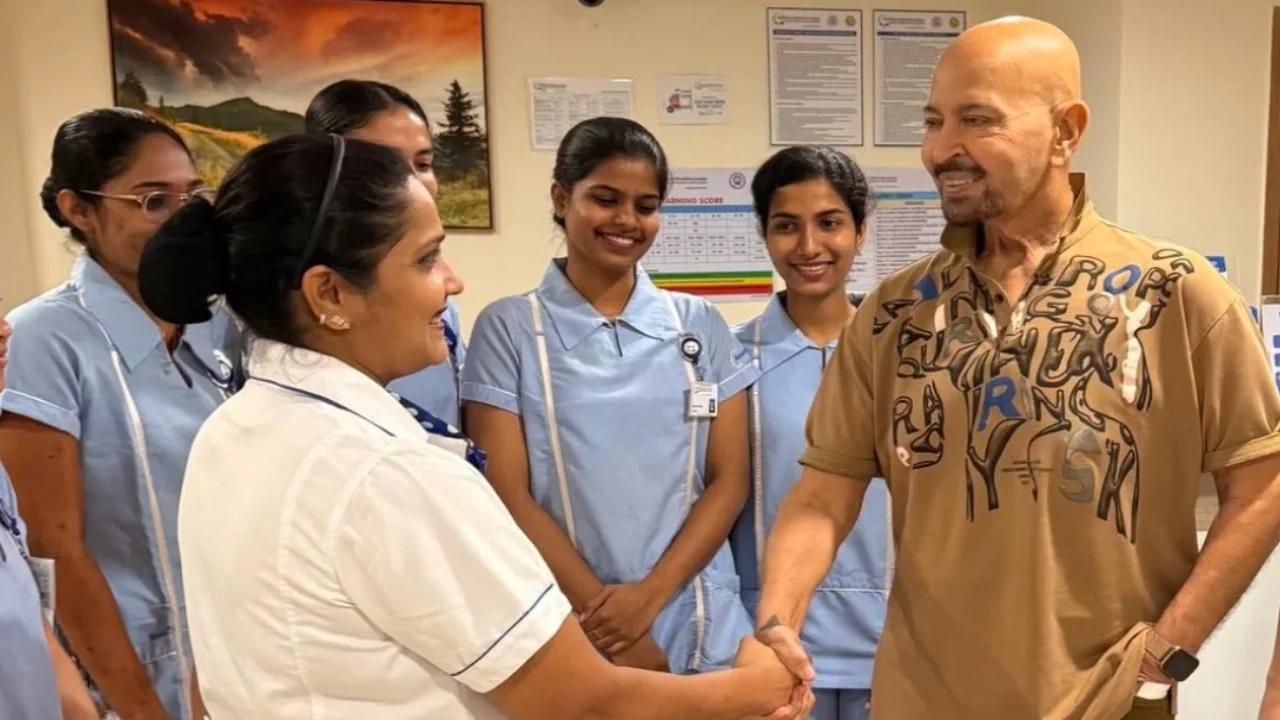
Rakesh Roshan recently underwent a preventive procedure after he found out that both of his carotid arteries to the brain were above 75 per cent blocked. He was admitted to the hospital for the same and recently shared his first post after getting discharged.
For those who want to know everything about this procedure, including why it is done and how to prevent this situation, here is the information you need. Keep scrolling further.
What is neck angioplasty?
Neck angioplasty is considered a minimally invasive procedure. It is done on patients who have narrowed or blocked arteries in the neck, especially the carotid arteries. These arteries are vital for supplying blood to the brain, and in Rakesh Roshan’s case, it was around 75% blocked.
Why is neck angioplasty done?
The main purpose of getting a neck angioplasty is to prevent a stroke or mini-stroke caused by carotid artery stenosis. This is a condition where plaque narrows the arteries that supply blood to the brain. If the arteries are narrowed, then a blood clot can form at the site of the plaque, which can travel to the brain and cause a stroke.
When is it recommended?
When the narrowing of your artery is 70 per cent or more, even without symptoms, you have had a transient ischemic attack or minor stroke, or have had a moderate narrowing of around 50-69 per cent. Also, it is recommended when you are at a high surgical risk and cannot undergo open surgery.
What lifestyle changes should be made?
Control your blood pressure by reducing your salt intake, exercising regularly, and taking any prescribed medications. High BP can damage artery walls and accelerate plaque buildup.
Keep your cholesterol level in control by getting regular blood tests. Eat more fibre, less saturated fats.
If you smoke, then you should instantly quit, as this damages blood vessels and speeds up plaque formation. You will notice that within a year of quitting, your risk of stroke will drop significantly.
If you are diabetic, then you should keep your sugar levels in control. Diabetes increases the risk of artery damage. You should limit your intake of sugar and refined carbohydrates, and take insulin or oral medications as prescribed.





 JOIN OUR WHATSAPP CHANNEL
JOIN OUR WHATSAPP CHANNEL











